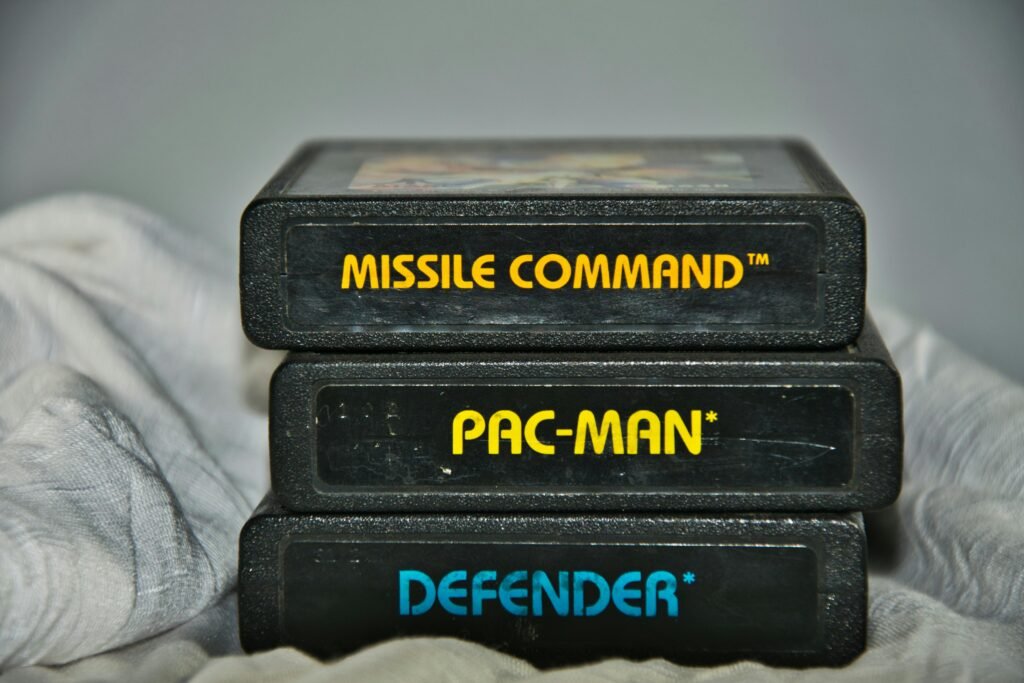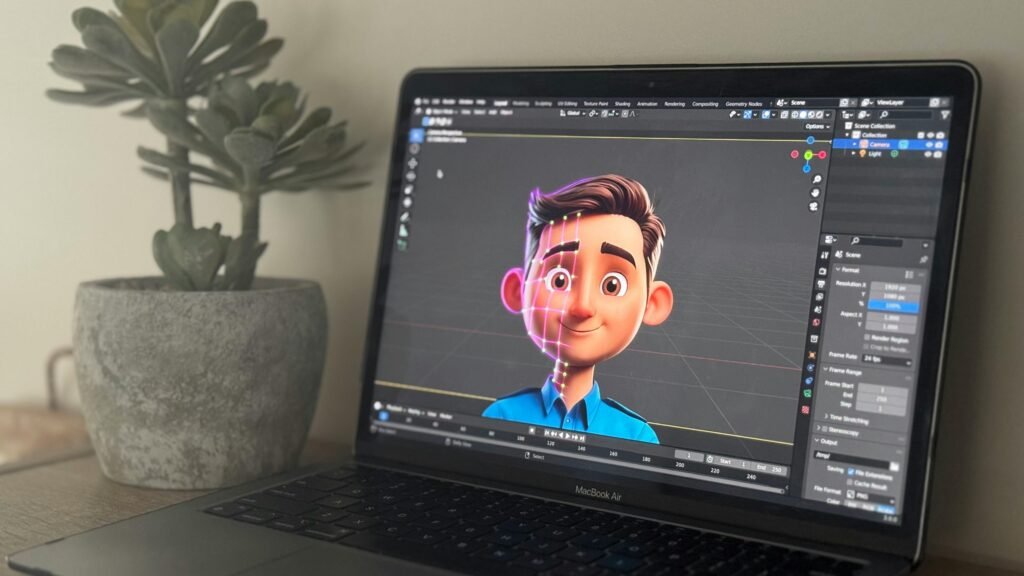The gaming industry is huge and is arguably one of the most important and innovative sectors in tech today. The global gaming market was valued at approximately USD 200 billion in 2024. With the gaming market constantly evolving, we can not wait to see what the future holds, but where did it all start? Let’s take a deep dive into gaming history!
The Beginning
Everything began in the early 1950s when Professor A.S. Douglas created OXO (1952), a.k.a. noughts and crosses (tic-tac-toe).
This was followed by Tennis for Two, created by William Higinbotham (1958). The game was displayed on an oscilloscope and played with two custom aluminum controllers.
Four years later, in 1962, Steve Russel invented Spacewar!, the first video game that could be played on multiple computers.
The Birth of Consoles
By the mid-1970s, home consoles arrived. The first video game console was invented by Ralph Baer, known as Magnavox Odyssey (1972), which was well known for Table Tennis, Submarine, etc.
After a few years (1977), Atari 2600, a.k.a. (Atari VCS), known for Pac-Man, Space Invaders, and many more titles, was also released, and that was when the magic happened. The amazing years of arcade video games were starting to flourish!

The Video Game Crash
This wouldn’t last long, though, because between 1983 and 1985, the video game crash happened, a.k.a. the Atari shock.
The gaming market overflowed, mostly due to the rise of video game consoles and available games, but also because personal computers (PCs) were now gaining more interest from buyers. This led several companies to file for bankruptcy, but that was when Japan saw the opportunity to take leadership of the gaming market.
Nintendo, a Japanese multinational video game company, released the Nintendo Entertainment System (1985), mostly known for Super Mario Bros., Tetris, and The Legend of Zelda, and that helped to stabilize the failing video games sector.
Another Japanese multinational video game company, SEGA, entered the gaming market by releasing the Master System (1986), known for Sonic the Hedgehog, Golden Axe Warrior, etc.
After that, the console war competition between the two companies started, and they fought for market share in the U.S.A.
In 1989, Nintendo launched the first handheld game console GAME BOY, which is known for Tetris, Super Mario Land, Prince of Persia, etc., and it continues to dominate the handheld console market.
The 3D Era
In the early 1990s, the technology of optical media began to advance, and the 3D era of gaming was born.
Personal Computers also got the same technological upgrade in the way of graphics cards. Gaming consoles and PCs entered the world of 3D graphics, and that was when Sony Interactive Entertainment released the first PlayStation (1994) which was debated with the Sega Saturn console by SEGA (1994), since they both released the same year and later on with the Nintendo 64 console, released by Nintendo in 1996.

Online Gaming
Online gaming entered the industry in the late 1990s when the Internet was created. The first gaming consoles that had online gaming features were :
| Console | Year | Developer |
| Apple Pippin | 1995 | Apple Computer |
| Dreamcast | 1998 | SEGA |
| PlayStation 2 | 2000 | Sony Computer Entertainment |
| GameCube | 2001 | Nintendo |
| Xbox | 2001 | Microsoft |

Modern Age of Gaming
With the rise of technology throughout the years, we can have access to gaming in different ways. We are now able to play our favorite games on our PCs, consoles, mobile phones, and handheld consoles.
It’s amazing how fast technology has advanced. The latest technological addiction to the gaming industry is Artificial intelligence (AI).
AI technology has been around since 1948 and was first used for the game Nim (1952). This technology has advanced throughout the years, and today, it can offer ultra-realistic and human-like behaviors, allowing NPCs to look and behave similarly to humans. This helps to improve the gaming experience as it makes the game drastically more realistic, and for the gaming industry, this is a game changer.
We can not wait to see what the future of gaming will look like. In an evolutionary world that keeps technologically evolving, we can only be excited for the next generation of gaming.











